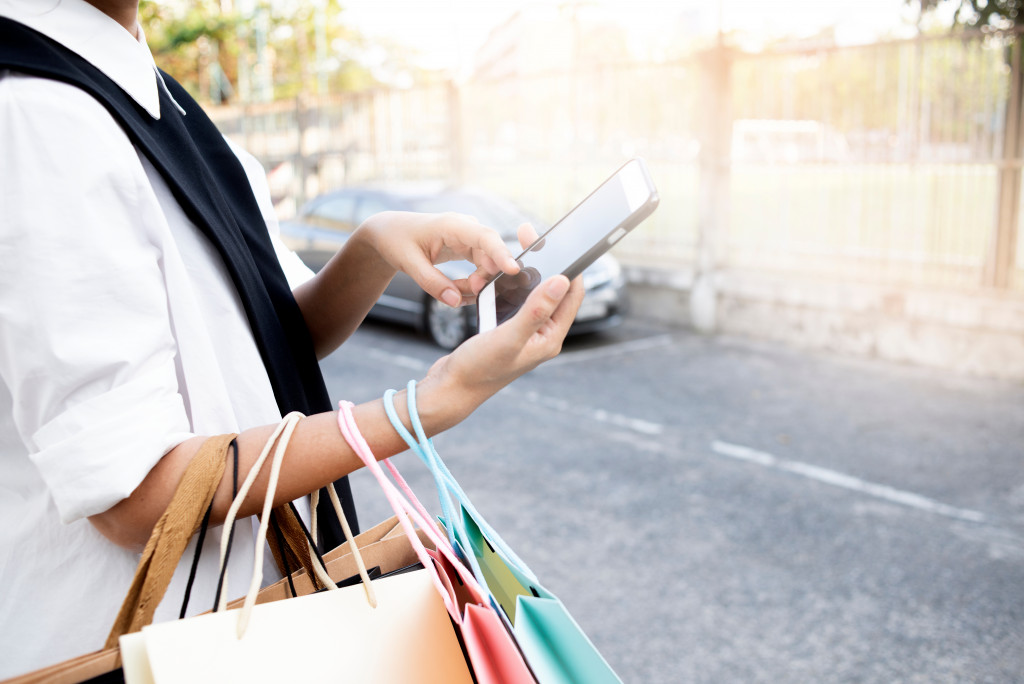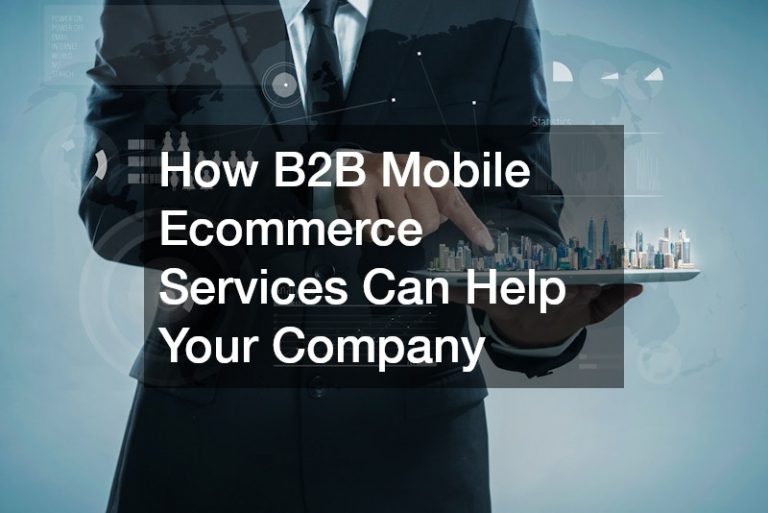The pandemic upended every facet of society—and the world of business is one of the sectors that saw the biggest changes. In the blink of an eye, companies big and small had to transition everything online, from day-to-day operations to pivoting to eCommerce.
Having our finger on the pulse of consumer sentiment and behavior is key to the success of our businesses. Here are some ways the pandemic changed consumers and how you can leverage these changes to grow your business.
A full pivot to devices and digital
A study by accounting and consulting firm Global Consumer Insights Pulse Survey found that more than 50 percent of consumers worldwide have used digital devices more frequently than six months earlier. The same study also found that consumers who used smartphones for shopping more than doubled since 2018. The trajectory of this trend was always towards growth, with more and more people worldwide having access to smartphones and other devices, but the COVID-19 crisis accelerated this growth even further.
What to do:
- If your company or brand has never prioritized its online presence, now is the time to start. In places like Singapore, you can partner with marketing and SEO experts who can help you get started on the path to reaching new customers through excellent website design and engaging digital content. Ignoring your brand’s online process is a grave mistake you cannot afford to make during this cultural moment.
Brand loyalty declines
Global management consulting firm McKinsey & Company also found an interesting trend through one of their studies: Because so many consumers are shopping from the comforts of their couches, they are much more likely to branch out of their preferred brands and products, with 75 percent of consumers trying out new shopping behavior. Most of the respondents also reported that they would continue this practice even after the pandemic is over.
Another reason for this trend is that many popular items often find themselves out of stocks as the pandemic strains supply chains. This trend says so much about the decline of brand loyalty and why brands need to work harder not just to gain new customers but to keep the ones they already have.
What to do:
- Make sure that your services or products always deliver on value and quality and that you provide even more than what is expected or what you advertised.
- Keep your customers or clients engaged through consistent brand messaging and social media content; ask for feedback and do something about it.
- Authenticity and trust don’t just happen; they are the result of consistent delivery and work ethic.
- Find ways to reward repeat customers. Strategies and promos like rewards cards and other types of giveaways might be a good way to keep them coming back.
- Stay on your toes by keeping abreast of what your competition is doing.

Conscious consumerism
Another trend that business leaders cannot afford to ignore is consumers gearing towards conscious consumerism or being more aware of how their purchasing decisions impact the planet and human rights. With so much suffering taking place in the world, not just in the past year and a half but even the years before that, consumers are starting to get more turned off by larger corporations and starting to shift their focus to small and local businesses who commit to being ethical in all their processes.
A study by Kantar found that the number of people who want to switch to more eco-active practices and products grew in 2020, and many of them are looking for brands that are committed to real sustainability and not just doing some green-washing.
What to do:
- Make specific values or ethos a cornerstone of your brand identity. If you care about sustainability or ethical sourcing, pepper your content with this new pledge or commitment.
- Put your money where your mouth is by slowly making the transition to more eco-friendly packaging and practices. Remove parts of your operations that exploit workers or employees. In short, make real, practical, and lasting changes that show your commitment is more than just lip service.
- Consider starting a non-profit foundation as a channel through which you can conduct your corporate social responsibility (CSR) activities.
The Bottom Line
One can argue that these changes were already underway even before the public health crisis happened, but the pandemic accelerated them in ways that no one saw coming. If we want our businesses to succeed, we need to foresee these changes before they occur and make the necessary adjustments to gain new customers and keep the ones we have.








